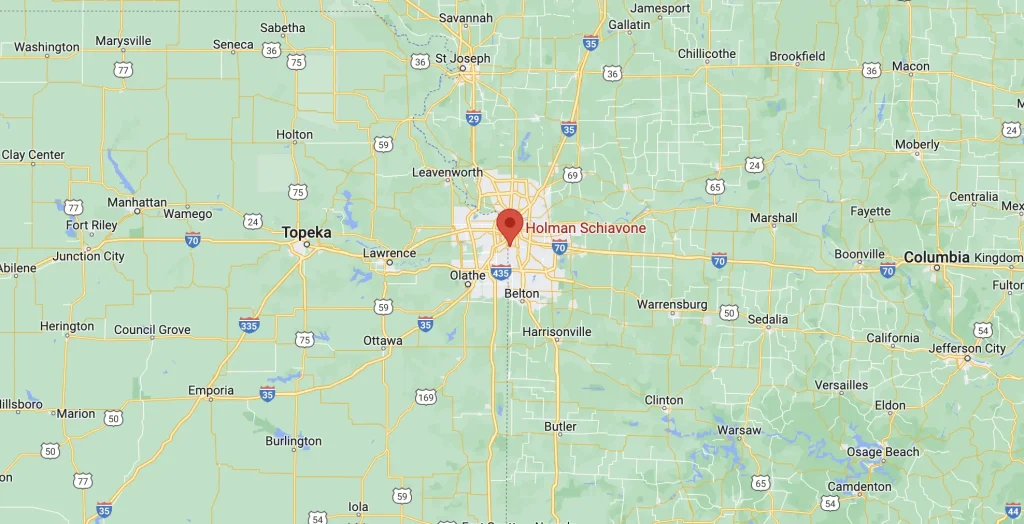Workers’ compensation was pioneered about a hundred years ago. Workers’ compensation was conceived as a way to reduce costs on employers and speed up compensation for employees. This post will go over the formation of workers’ compensation and how it operates.
Before worker’s compensation, employees could only recover compensation if they sued their employers. One hundred years ago, torts (personal injury law) were based entirely on the contributory negligence system. Contributory negligence permitted recovery for harm only if the plaintiff (the person injured) did not contribute to their injury.
In the context of factories and other dangerous jobs, employees invariably always lost these claims because some level of carelessness could always be proved. Furthermore, employees could not receive compensation until they won their suit, therefore, even if the case was good, they could go for years before receiving any damages. Additionally, even though employers won their suits, it still cost them thousands of dollars to defend each case.
To address these concerns, states passed a series of laws to streamline the process. States invented the workers’ compensation system. Employees surrender the right to sue their employer and employers agree to pay compensation once it is established that the injury occurred during work. The idea of the program was to reduce costs for everyone, which it did. But, like all programs, workers’ compensation does not perform as efficiently or effectively as it was originally intended.
Did you suffer a workplace injury? If yes, you may want to contact a lawyer. An attorney can go over the basics of workers’ compensation and walk you through the process to secure your compensation. Hopefully, you don’t need any assistance beyond a lawyer reviewing your paperwork. But if your claim is denied, you may want an attorney to prepare and represent you in your appeal. You don’t want to risk losing your access to compensation; a lawyer can help ensure that you get the money you need.


